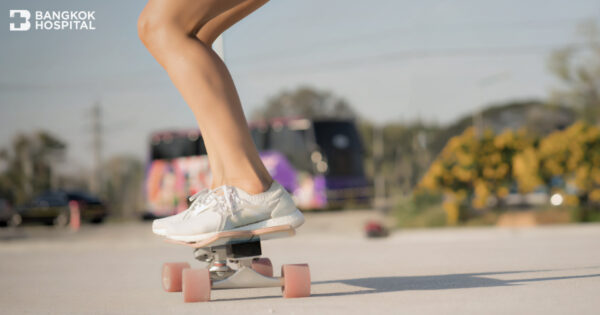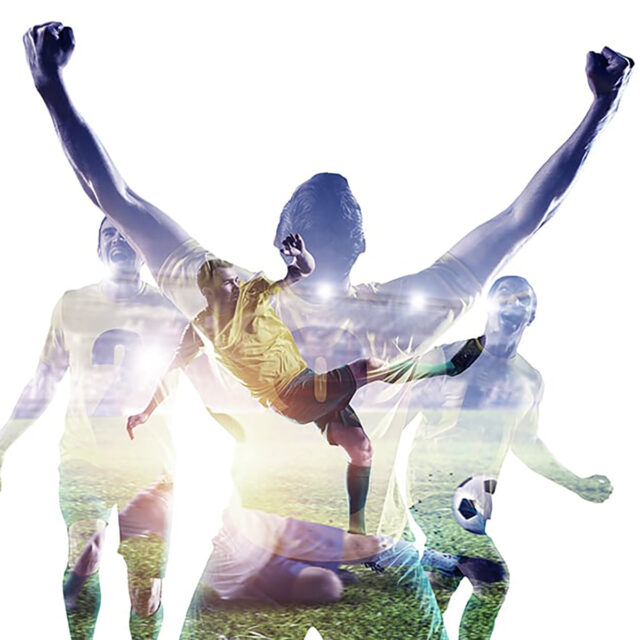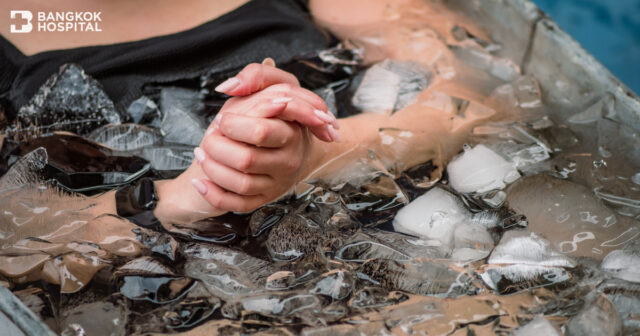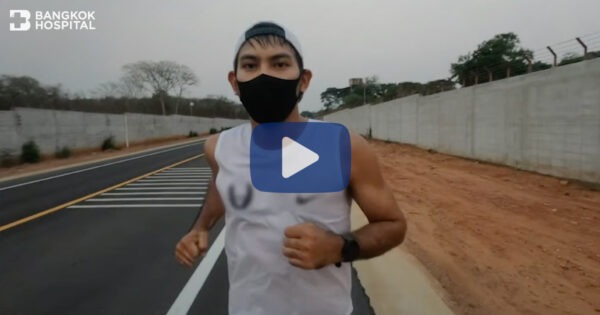A surfskate is a skateboard designed for surfing on the street. The special front truck allows for surfing moves while the turning dynamics enable short and maneuverability turns. A surfskate has recently become popular among youth, especially surfers who are taking their surfing moves to the street when the waves are absent. It is also considered a new trend for skateboarders looking for a new joy of street riding. Similar to skateboarding, falling off a surfskate is inevitable applying to all riding levels, leading to a wide range of accidents and injuries. In fact, poor balance combined with less skill and coordination is a major contributing factor to surfskate-related injuries. Nevertheless, wiping out is not a sign of underperformance, only self protection and additional safety tips are required.
Get to know a surfskate
A surfskate, as a variation of traditional skateboarding, is a skateboard designed for surfing on the street. It shares the pith to go on a board with wheels. The special front truck allows for surfing moves while the turning dynamics enable short and maneuverability turns. Arm swinging and hip movement are used for gaining control of direction and balance. However, surf skating compliments surfing better than skateboarding does since it simulates wave riding more accurately and enjoyably. In fact, the skateboard wheels are mainly designed for straight-ahead movement using legs. Moreover, skateboarding is focused on ramps and jumps by popping the tail of the board on the ground.
Injuries caused by a surfskate
Injuries mostly happen when surfers lose their balance, fall off the boards and land with body parts. In general, all surf skating injuries are caused by:
- Overuse injuries: During surfing on the board, the core muscles, e.g. hips, back, waist, arms and legs are constantly used to coordinate and control the direction and movement. Amateur surfers often experience muscle pain and soreness, especially in the back, waist, buttock, and thigh as well as knee and ankle.
- Acute injuries from falling: Similar to skateboarding, the most common accidents during surf skating are falling off the board and landing with inappropriate positions, such as outstretched arms. Depending on the type of accidents, severity widely ranges from bruises, cuts, sprains, strains and ligament tears. Severe injuries include fractures, concussion and other head injuries.
Most commonly affected parts
Injuries during surfing usually involve these following parts:
- Wrist
- Arm
- Elbow
- Shoulder
- Hip
- Knee
- Leg
- Ankle
- Head and face
Causes of surf skating injuries
1. Lack of appropriate techniques and skill
Surfers in beginning levels might not be familiar with proper surfskating techniques, causing loss of balance and control. As a result, this often leads to accidents, including falls and concussion. Amateur surfers are inclined to have less skill and experience in judging speed, traffic and other relevant risks. The severity of injuries correctively increases with impaired physical fitness, including weakened muscle strength and lack of flexibility and agility.
2. Unsafe environment
Improper surfing areas, such as areas with bumpy, sandy, muddy or waterlogged surfaces are prone to cause injuries. In addition, surfers are most at risk for injuries when they surf in congested areas or near traffic where it is possible to collide with vehicles, pedestrians or other traffic obstacles. In some circumstances, the impact of collision might be potentially fatal.
3. Inappropriate equipment and protective gear
A surfskate consists of three parts: the deck (the board), the wheel and the truck (the mechanism to which wheels are attached). If the quality of the board, wheel or truck is substandard, it can subsequently bring on accidents including collisions and falls while surfing. It is highly recommended to choose a quality board that is appropriate for your level of ability and the type of riding. Despite a significant reduction in injury severity, wearing protective equipment, e.g. helmet, knee and elbow pads, wrist guards and closed-toe shoes is often neglected by most surfers.
4. Overconfidence
Once the surfers become more skillful and confident, they tend to overestimate their skills and abilities, leading to attempt for trying a more challenging style of riding on the ramps with slopes or inclined plane. Without adequate surfing experiences and proper techniques, it can eventually result in severe injuries, affecting the important parts of the body.
Severe injuries caused by surf skating
After surf skating has gained a tremendous popularity in Thailand, the number of injured cases seeking for medical assistance has continued rising. The most common severe accidents include loss of balance causing falls and collisions. Surf skating in crowded walkways or near traffic areas with motor vehicles and traffic barriers can put surfers at greater risk for potentially fatal injuries, e.g. concussion and traumatic brain injury. Severe injuries caused by surf skating can affect different parts of the body, such as:
- Head injuries, e.g. cut in the scalp, concussion, skull fractures, blunt trauma and closed head injuries such as an intracranial hematoma (a collection of blood within the skull).
- Broken bones, e.g. wrist, elbow, shoulder, collarbone (clavicle), hip, kneecap (patella) and ankle fractures.
- Joint dislocations, e.g. dislocated shoulder, elbow and kneecap.
- Ligament injuries, e.g. shoulder ligament, elbow ligament and knee ligaments e.g. anterior cruciate ligament (ACL) tears.
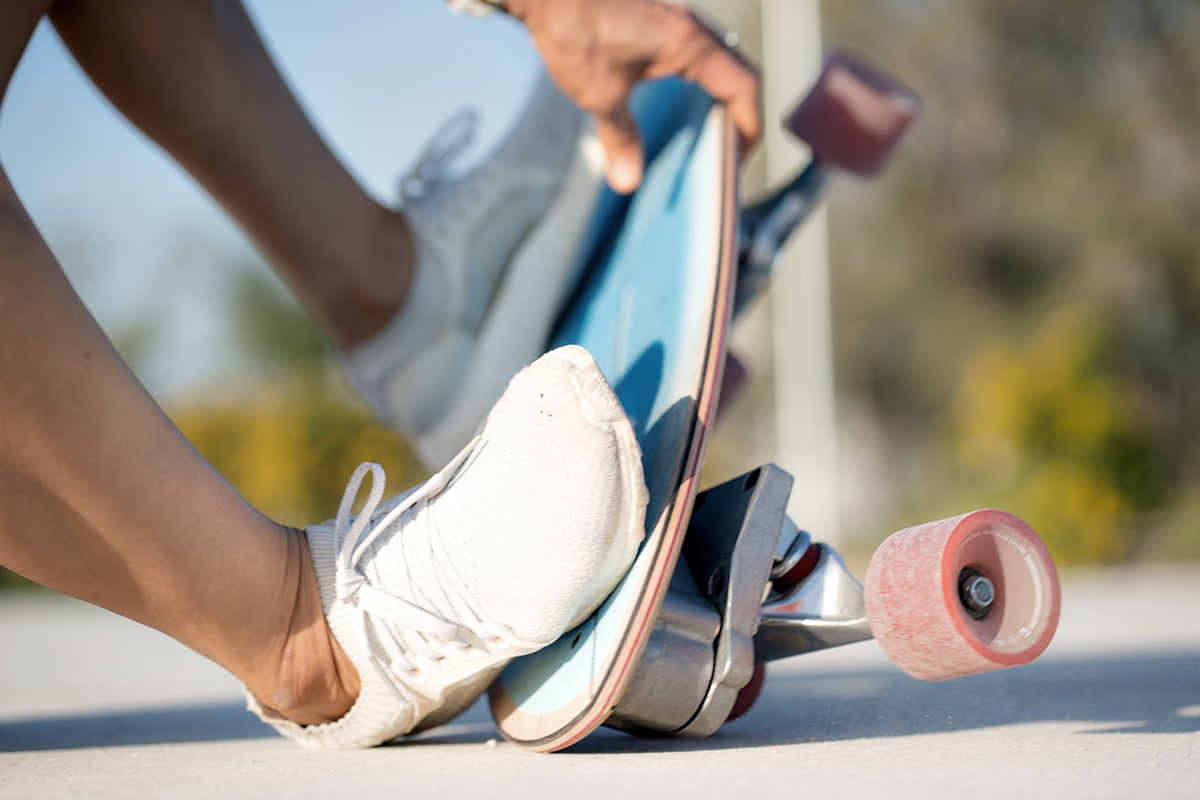 First aid for surf skating injuries
First aid for surf skating injuries
After the accidents, P.R.I.C.E. (protection, rest, ice, compression and elevation) -the first aid treatment for sports injuries to joints, muscles and tendons should be immediately applied.
- P – Protection: Protect the affected area from further injury or damage, for example, by using arm slings, walking sticks or other supportive devices.
- R – Rest: Temporarily discontinue exercising or using affected part while reducing daily physical activity for at least 2-3 days, allowing a full recovery after injuries.
- I – Ice: Apply an ice pack to the swollen or bruising areas for 15-20 minutes every two to three hours or as required to relieve pain and reduce swelling.
- C – Compression: Use elastic compression bandages wrapping around the affected areas during the day to limit movement and swelling.
- E – Elevation: Keep the injured part raised above the level of the heart to reduce swelling.
When to seek immediate medical attention
Injuries those need immediate medical care include:
- Concussion and head injury accompanied with dizziness or lightheadedness, confusion, severe headache, irritability, short-term memory loss, nausea, vomiting and unconsciousness. These warning sign and symptoms might potentially indicate traumatic brain injuries including bleeding in the brain.
- Severe pain, excessive swelling or deformity that are strongly related to joint dislocations or fractures.
- Progressive and continuous pain during or after surfing in which resting does not alleviate the symptoms. In such a case, more severe form of injuries might be signified rather than just being fatigue with some bruises.
- Joint instability, feeling of looseness or the joint slipping out of place. Particularly in the knees, falling of the board or knee twisting often results in an anterior cruciate ligament (ACL) tears.
Additional safety tips for surf skating
- It is highly recommended to ensure appropriate equipment with good quality. Be sure to keep board and all equipment in good working order. Before every ride, inspect problems that need to repair, such as loose, broken, or cracked parts.
- To minimize the severity of possible injuries, proper protective gear needs to be worn at all times during a ride. These include properly fitting helmet to protect the head from injury, wrist guards supporting the wrist and reduce the chances of breaking a bone, knee and elbow pads to help reduce the severity of cuts and scrapes.
- According to the American Academy of Pediatrics, children aged below 5 years old should not ride a surf skate. Children aged between 6 to 10 years old need close supervision from adults who are experienced surfers.
- In elderly people, additional attention must be paid while surfing as certain underlying conditions, e.g. osteopenia and osteoporosis characterized by decreased bone density are susceptible to fractures, particularly in the wrist, hip and spine.
- To improve surf skating safety, it remains crucial to surf in a safe environment, such as designated skate parks located away from motor vehicle and pedestrian traffic. Avoid surfing on irregular or wet surfaces and always screen the area before starting to inspect surfaces for cracks, rocks and other debris.
- An effective warm up with stretching, jogging and jumping jack greatly helps to improve flexibility and prepare the relevant muscles to surf fluidly.
- Exercises to strengthen the core muscles, hip muscles, thigh muscles and calf muscles should be performed on a routine basis. These include the plank – an isometric core strength exercise to maintain a position similar to a push-up for the maximum possible time and the squat – a strength exercise to strengthen the muscles of lower body.
- Before trying more challenging maneuvers, it is essential to practice the basic skills of surfing, especially how to keep balance, stop, slow down and turn. To prevent severe injuries, the surfers should be able to fall safely by landing on the fleshy parts of the body. In some cases, surf skating skill is not acquired quickly, therefore it is suggested to surf according to actual ability allows without rush or overconfidence.
- Since surfing during day time can lead to severe dehydration and heat injuries, it is crucial to remain adequately hydrated by drinking a plenty of water and fluids.
Surf skating has become increasingly popular as a recreational activity among teenagers and adults. Similar to skateboarding, surf skating poses some injury risks. Nevertheless, staying in good physical condition and choosing a safe environment along with wearing proper protective equipment help to prevent surf skating injuries, allowing a new joy of street riding.
Bangkok Academy of Sports and Exercise Medicine or BASEM at Bangkok Hospital Headquarters is considered a professional sports medicine center adhering to international standards. Ensuring your fitness, balance, flexibility and core muscle strength before enjoying the games, personalized sports performance programs designed by sports medicine specialists at BASEM aim to improve sport performance while minimizing the chance of sport injuries.
Provided by well-trained and experienced sports medicine physicians and multidisciplinary teams specialized in orthopedics and rehabilitation, our comprehensive services range from physical fitness assessment, diagnostics, effective treatments, sports injuries and key-hole (arthroscopic) surgery, rehabilitation programs to injury prevention and athletic performance enhancing programs. At BASEM, as one of FIFA Medical Centers of Excellence, all skate surfers can ensure their joyful and safe rides under supervision of professionals.



